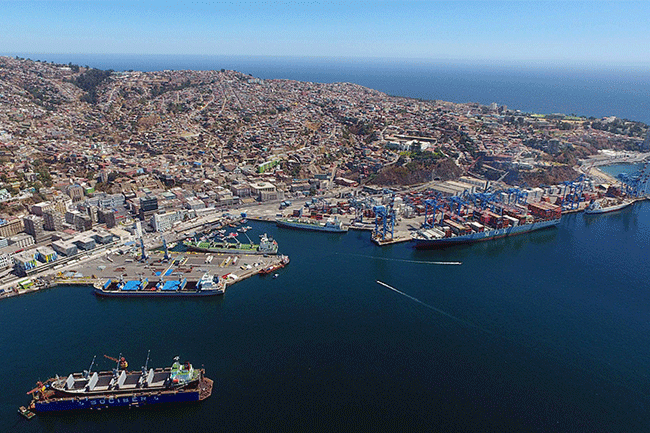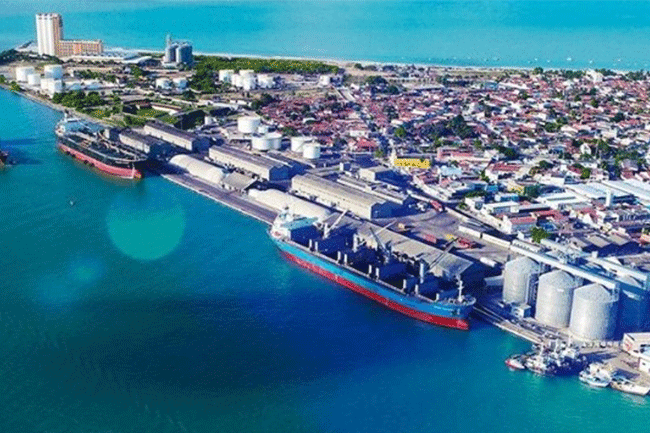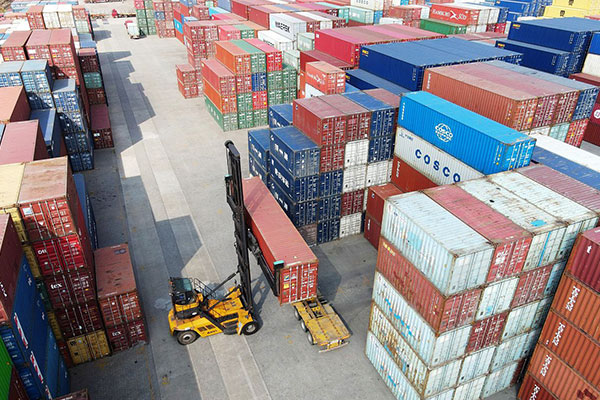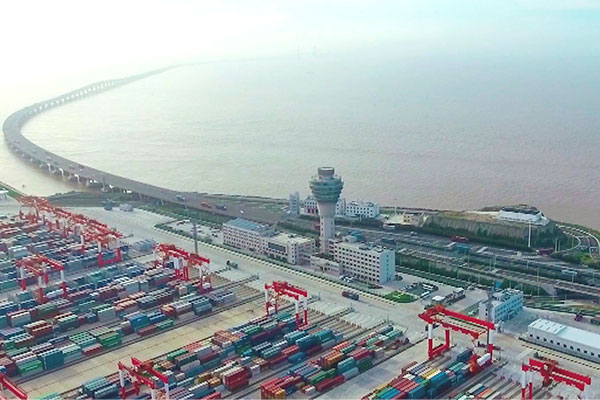- Shanghai Zhongshen International Trading Co., Ltd. – Your reliable partner with 20 years of import/export agency service expertise.

I. Current Status of China-Australia Food Trade and Analysis of Biscuit Import Trends
In recent years, China–Australia economic and trade cooperation has continued to deepen under the RCEP framework; in 2023, two-way goods trade exceeded US$220 billion, with food imports accounting for a markedly higher share. Australia is renowned for premium farm produce and rigorous food-safety standards, and its biscuit products—made with natural ingredients such as Tasmanian wheat and pasture-raised butter and manufactured under the stringent Australia New Zealand Food Standards Code (FSANZ)—have seen surging demand in China’s high-end snack market; sub-categories like low-sugar, organic, and children’s formulations are growing at over 30%.
Worth noting, in 2024 Customs has tightened oversight of imported food labeling (Chinese labels must be affixed and comply with GB 7718), additive compliance (per GB 2760), and microbiological criteria (e.g., limits for Salmonella and mold). Importers must therefore emphasize end-to-end compliance. Professional agency services that flag policy shifts in advance can significantly cut the risk of clearance delays.
II. Core Competency: The Professional Moat of Document Processing and Logistics Management
(1) Document Handling: Accuracy is the “passport” to customs clearance
Importing biscuits into Australia requires the submission of 10+ core documents; the agent’s level of expertise directly affects customs-clearance speed. Key documents include:
- Commercial Documents: Commercial invoice (must indicate the terms of delivery FOB/CIF and the country of origin "Australia"), packing list (specifying the dimensions, gross and net weight of each carton, consistent with the bill of lading);
- Origin CertificateCertificate: FORM E certificate (under RCEP, tariff preferences of 0–15% apply; must be applied for by the Australian exporter through AUSFTA, and the agent can assist in verifying the certificate’s validity and the consistency between goods and certificate);
- Hygiene and Testing Documents: Export Health Certificate (EHC) issued by the Australian Department of Agriculture, Fisheries and Forestry (DAFF), stating “The product complies with China’s food safety requirements”; ingredient test report (including types and limits of additives, to be compared with GB 2760);
- transportation documents:Maritime transportBill of Lading (B/L, must state “Clean On Board”; telex release or original must match the payment method), Insurance Policy (mandatory under CIF terms).
The agency team must complete the “three-document match” (contract, invoice, bill of lading) before filing, and pre-enter the data through the “Single Window” system to avoid rejection caused by vague product descriptions (e.g., “biscuits” not specified as “sweet biscuits/wafers”) or incorrect HS codes (the tariff difference between 1905.31 and 1905.90).
(II) Logistics Management: The Optimal Balance of Timeliness and Cost
Australian biscuit shipments are primarily by sea; the forwarder must choose the optimal plan based on volume (20GP/40HQ/LCL) and cargo characteristics (ambient temperature/cold chain):
- Port Selection: Sydney Port (Port of Sydney) and Melbourne Port (Port of Melbourne) are the main ports of departure, with sea transit times to Shanghai/Shenzhen/Guangzhou, China, of approximately 18–25 days;
- Transportation plan: Full-container load (FCL) suits large volumes (≥15 t), secures fixed slots and cuts cargo damage; less-than-container load (LCL) works for small trial orders, but watch how destination terminal handling charges (DTHC) are split;
- Special needs: Cookies containing cream or chocolate must be shipped via cold chain (2–8 °C); the forwarder must arrange a reefer container with the carrier and monitor the temperature & humidity log (DTR) throughout transit.
- Accelerated Customs Clearance: Through the "advance declaration" model, customs clearance is completed before the cargo arrives at the port, allowing pickup within 24 hours after arrival and reducing demurrage fees (approximately USD 100/day/container).
III. Full-process agency services: compliance control from contract signing to delivery
(I) Preliminary Preparation: Contract Review and Payment Design
The agent assists the client in reviewing the trade contract, focusing on quality clauses (e.g., "moisture ≤8%" must match the test report), delivery schedule (clearly defining "On Board Date" to avoid late shipment), and dispute resolution (recommending CIETAC, the China International Economic and Trade Arbitration Commission). Payment terms may be T/T (30% in advance + 70% on arrival) or?L/C?(L/C, “soft clauses” such as “payment only after the importer confirms quality” must be reviewed).
Special Notice: If the client is involved in the re-export of biscuits to Russia, the agent may proceed via Russia.foreign tradeThe bank (VTB) offers an RMB cross-border settlement channel that enables T+1 crediting and circumvents the risk of U.S. dollar SWIFT sanctions.Convert foreign exchange into RMBThe exchange rate is 0.3–0.5% better than the market rate.
(II) Production Supervision and Pre-Shipment Control
The agent coordinates with third-party inspection bodies (e.g., SGS, Intertek) to supervise production at the Australian facility, verifying raw-material traceability (e.g., flour from APVMA-certified farms), processing conditions (HACCP system compliance), and packaging conformity (no Chinese labeling but a reserved space for later application). Before shipment, 2–3 cartons are sampled and sent to a domestic lab for pre-testing (e.g., total plate count ≤10,000 CFU/g) to detect non-conformities (e.g., excessive mold) in advance and negotiate rework or return.
(III) Customs Declaration and Tax Payment
After the cargo arrives at the port, the broker completes the “two-step declaration” (summary declaration + full declaration), submits the “Importer Filing for Food Products” (to be pre-registered on the GACC “Internet + Customs” portal) and the “Entry-Exit Goods Inspection & Quarantine Application”. HS-code classification is critical (e.g., filled soft-candy biscuits fall under 1905.31, unfilled under 1905.90); misclassification may trigger supplementary duty (late-payment interest at 0.5‰ per day).
On the tax front, biscuits of Australian origin under RCEP enjoy a 0 % customs duty (a FORM E certificate is required) and are subject to a 13 % VAT (dutiable value = CIF price × exchange rate). By using the “customs-guarantee insurance” model, the agent can defer tax payment for 30 days, easing the client’s cash-flow pressure.
(4) Delivery and Final Quality Acceptance
After customs clearance, the agent arranges domestic delivery (in partnership with JD Logistics, Sinotrans, etc.); cold-chain shipments must be GPS-monitored throughout. Once the customer receives the goods, the agent assists with final inspection: verifying quantities (deviation from packing list ≤ 0.5 %), checking packaging (no damage or insect infestation), and drawing samples for testing (to the Customs Technical Center or a third-party lab). If quality issues are found (e.g., expired or deteriorated products), the agent can help initiate a return-for-cargo process (a “Certificate of Non-conforming Quality” must be submitted within 15 days) or negotiate compensation with the supplier.
IV. Certification Notice: Service Boundaries of the Agent and Client Guidelines
Please note: The distributor does not directly handle product certification but can provide professional guidance. Customers must either complete the following certifications themselves or entrust a third party to do so:
- Mandatory items: Registration of overseas manufacturing enterprises (must be completed in the GACC “Registration System for Overseas Manufacturing Enterprises of Imported Food”; Australian enterprises can link through the AUS-FIR system), and importer filing (enterprises must hold a food business license);
- Optional: Halal certification (for the Muslim market, issued by MUIS, the Islamic Council of Australia), organic certification (e.g., NASAA, proof of conversion period required), non-GMO labeling (must be supported by test reports);
- Proxy Support: Assist in compiling the documents required for certification (e.g., factory qualifications, test reports), translate and notarize them (convert English documents into Chinese), and liaise with certification bodies for inquiries (provide a list of cooperative agencies).
V. The Value of Agency in the 2024 Trade Environment: Professional Confidence in Navigating Variables
Current international trade is confronted with variables such as exchange-rate volatility (the AUD/CNY has swung more than 8% year-to-date), geopolitical shifts (a phase-by-phase recalibration of China-Australia relations), and supply-chain disruptions (e.g., the Suez Canal blockage). The value of a professional agent is reflected in:
- Risk Assessment: Monitor the year-on-year monthly changes in Australian biscuit imports through the customs data platform to provide early warning of policy shifts such as “increased inspection ratios”;
- Resource integration: Established long-term partnerships with 20+ ocean carriers (e.g., Maersk, CMA CGM) and 50+ customs brokers; in emergencies, we can coordinate “priority berthing” and “expedited customs clearance.”
- Professional support: Reduce per-unit freight costs through LCL consolidation (saving 15–20% vs. FCL) and cut capital tie-up by leveraging FTZ policies such as bonded warehousing in Shanghai Waigaoqiao Free Trade Zone.
Conclusion: Importing Australian biscuits is a track where “opportunity and risk coexist.” Choosing an agent that possesses dual core competencies in documentation and logistics is the key for companies to reduce operational costs and improve customs clearance efficiency. From contract review to final delivery inspection, every step that a professional agent controls is a solid guarantee of value creation for the client.
? 2025. All Rights Reserved.










